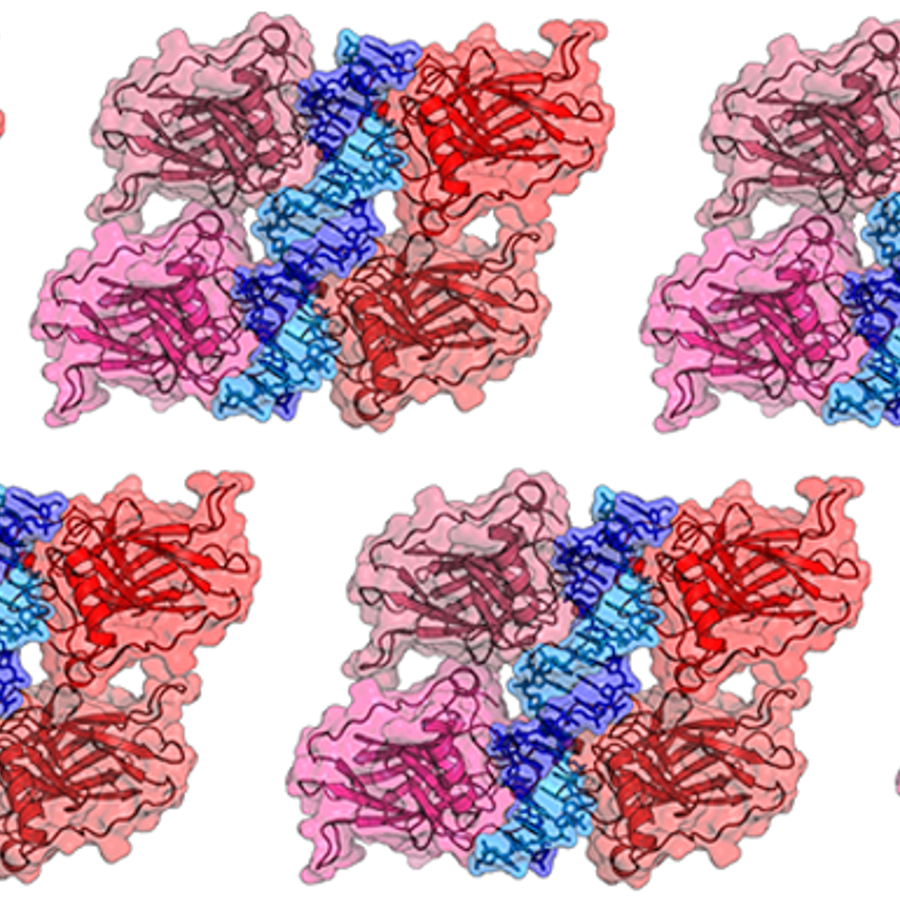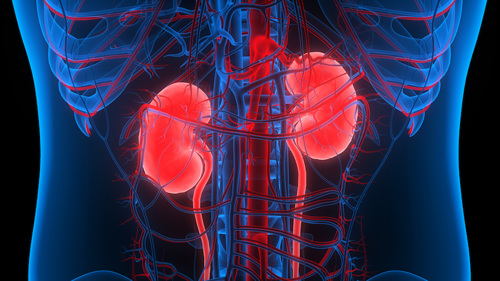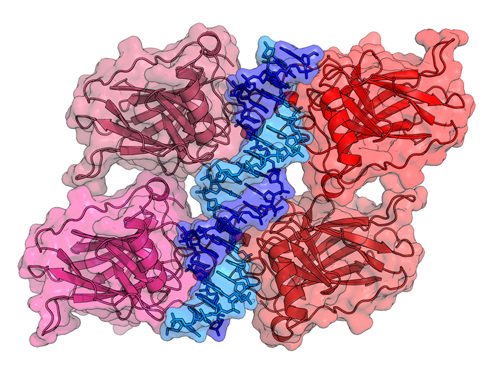
WHY is it that some alleles are dominant, and some are recessive?
July 11, 2007

- Related Topics:
- Dominant and recessive,
- Classical genetics,
- Molecular biology,
- Editor's choice
A middle school student from Norway asks:
“Why is it that some alleles are dominant, and some are recessive!? I have been looking EVERYWHERE and all I find is what, not WHY. Why is an allele dominant or recessive?”
That's a great question! You have the makings of a great scientist. You not only want to know what but why, too.
As you said, we always hear about certain alleles being dominant or recessive. But no one ever says what causes an allele to be dominant or recessive.
Part of the reason no one talks about this is that there's no one-size-fits-all answer. Different alleles can be dominant or recessive for different reasons. It all depends on the gene.
Let's start with a quick vocab review, just to make sure we're all on the same page. A gene is just a set of instructions for making a protein. It's the protein that does all the work, giving us traits like red hair, blue eyes, or freckles.
Also, remember that we have two copies of each of our genes -- one from mom and one from dad. Each copy is called an allele.
The two alleles for a gene don't need to be the same. The instructions you get from your mom can be a little different from the instructions you get from your dad. And these different instructions -- or alleles -- will end up making slightly different proteins.
This is where dominant and recessive come from. Some proteins are dominant -- they win out over their fellow proteins, just like dominant athletes win against their competitors.
Broken proteins: often recessive ...
The simplest situation of dominant and recessive alleles is if one allele makes a broken protein. When this happens, the working protein is usually dominant. The broken protein doesn't do anything, so the working protein wins out.
A great example of a recessive allele is red hair. There's a protein called MC1R, and one of its usual jobs is to get rid of red pigment. When it isn't working, you get a buildup of red pigment and end up with red hair.
All it takes to keep from having red hair is a little bit of MC1R protein. So it's easy to see why red hair is recessive. As long as you have one working MC1R gene, you won't have red hair. The working protein picks up the slack. If both copies of your MC1R gene code for broken proteins, then you'll have red hair.

These kinds of dominant and recessive alleles help explain brown and (probably green) eyes. They may also help explain traits like whether you have hanging or attached earlobes, and whether you put your left or right thumb on top when you cross your hands.
But a recessive broken allele doesn't explain everything. Not by a long shot.
… but sometimes dominant
Sometimes having only one normal copy of a gene just isn't enough. Our cells need a certain dose, or amount, of certain proteins. If we have one broken copy, the normal copy can't always pick up the slack. This is called haploinsufficiency.
One example of this is a protein called CD2AP, which helps our kidneys filter out the bad stuff from our blood. People with one broken copy of CD2AP still have kidney disease, even though they have one good copy of the gene around. One copy just doesn't make enough filters for our blood. We need two good copies to get the job done.

And there are lots of other situations. Sometimes the recessive allele is the normal one and the dominant allele is a broken version. Sounds crazy, right?
Well, this can happen if the broken protein does something new, or gums up the works somehow. This is pretty complicated stuff, so we'll compare it to a basketball team to make it a little easier to understand. I hope it helps!
One way a protein can gum up the works is by getting in the way of the normal version. This can happen because each protein has many different jobs.
Sometimes a broken protein can carry out one of its jobs just fine but it can't carry out its second job. When this happens, the broken protein gets in the way of normal proteins that are trying to do the second job.
Imagine a basketball team. Four of the players know how to catch and shoot the ball, but the fifth player only knows how to catch the ball -- she can't shoot it. Every time that fifth player catches the ball, the shot clock expires and the team loses possession of the ball. So even though there are four good players on the team, the fifth player (like the broken protein) prevents the team from winning.
This situation is called a dominant negative allele. An example of an allele like this sometimes happens in the p53 gene. The p53 protein is very important for making sure our cells don't grow too fast. Certain alleles have mistakes in their p53 gene so that the cells grow too fast and cause cancer.
p53 works as a tetramer, meaning that four different p53 molecules have to stick to each other for the protein to do its job. Each p53 protein is like a member of the basketball team.

Some broken versions of p53 can bind other p53 molecules (catch the ball) but they can't carry out their normal job of making sure our cells don't grow too fast (shooting the ball). So the entire bunch of p53 proteins is ruined by the one bad protein. The broken p53 protein wins out, so it's dominant.
Another way a broken protein can be dominant is if it does something new, or does its usual thing at the wrong time. When a protein does something it shouldn't, it's called gain-of-function.
Let's go back to our basketball team. Just like before, we have 4 good players. This time, the fifth player shoots as soon as she gets the ball, no matter where she is on the court. So she almost always misses. By shooting at the wrong time, she makes the team lose.
Or imagine that the fifth player does something new. Every time she gets the ball, she drop-kicks it into the stands as if she's playing football. By using this new skill, she makes the team lose.
An example of a gain-of-function allele occurs in achondroplasia, a form of dwarfism. It is caused by a broken version of the FGFR3 gene.
The normal job of FGFR3 is to prevent bone growth. The broken version of FGFR3 is hyperactive -- it tells bones to stop growing even when they should be growing. It's like the basketball player who shoots as soon as she gets the ball.
The hyperactive FGF3 protein causes a person's bones to be much shorter than normal. Even if a person has a normal copy of FGFR3 around, the broken version sends a signal that's just too strong, and since it wins out, it's called a dominant allele.
As you can see, there are lots of ways to get a dominant or a recessive allele. It all depends on the gene and what the difference in the DNA instructions does to the protein that gets made.
And we've only scratched the surface here! We haven't talked about some of the other ways you can get a dominant or recessive allele. Or how an allele can be dominant for one trait and recessive for another. Or traits that are codominant or incompletely dominant. And the list goes on . . .

Author: Ruth Tennen
When this answer was published in 2007, Ruth was a Ph.D. candidate in the Department of Cancer Biology, studying telomerase regulation in cancer and stem cells in Steve Artandi's laboratory. Ruth wrote this answer while participating in the Stanford at The Tech program.
 Skip Navigation
Skip Navigation
